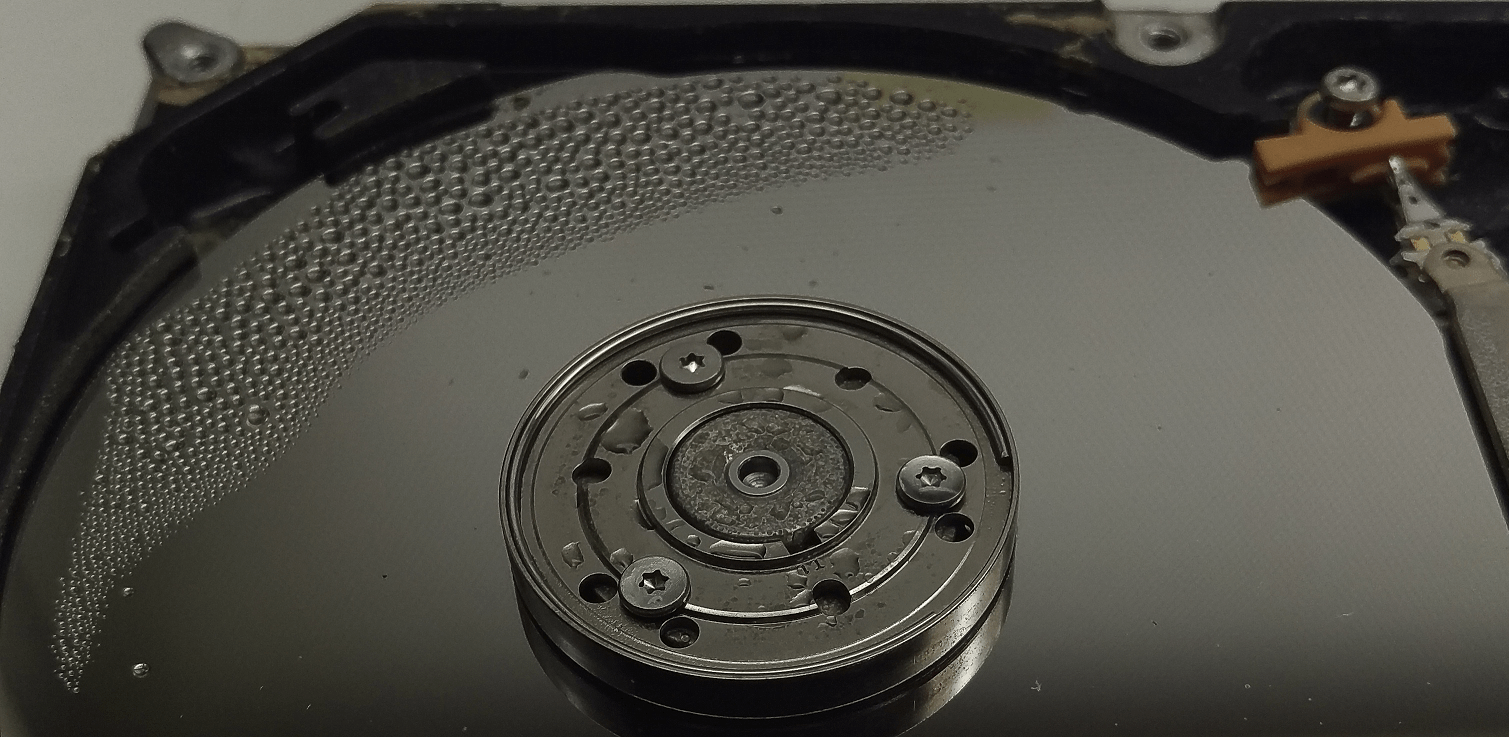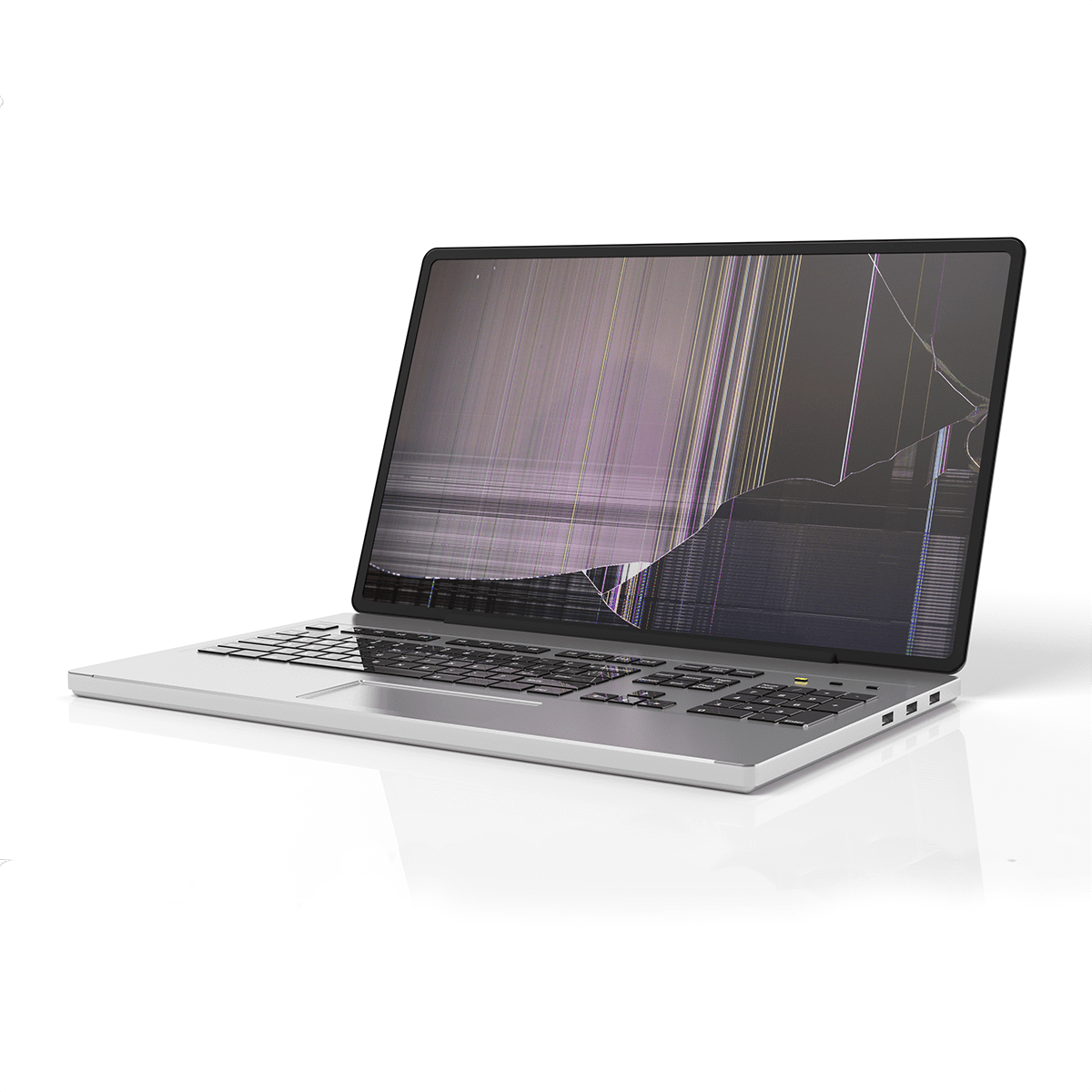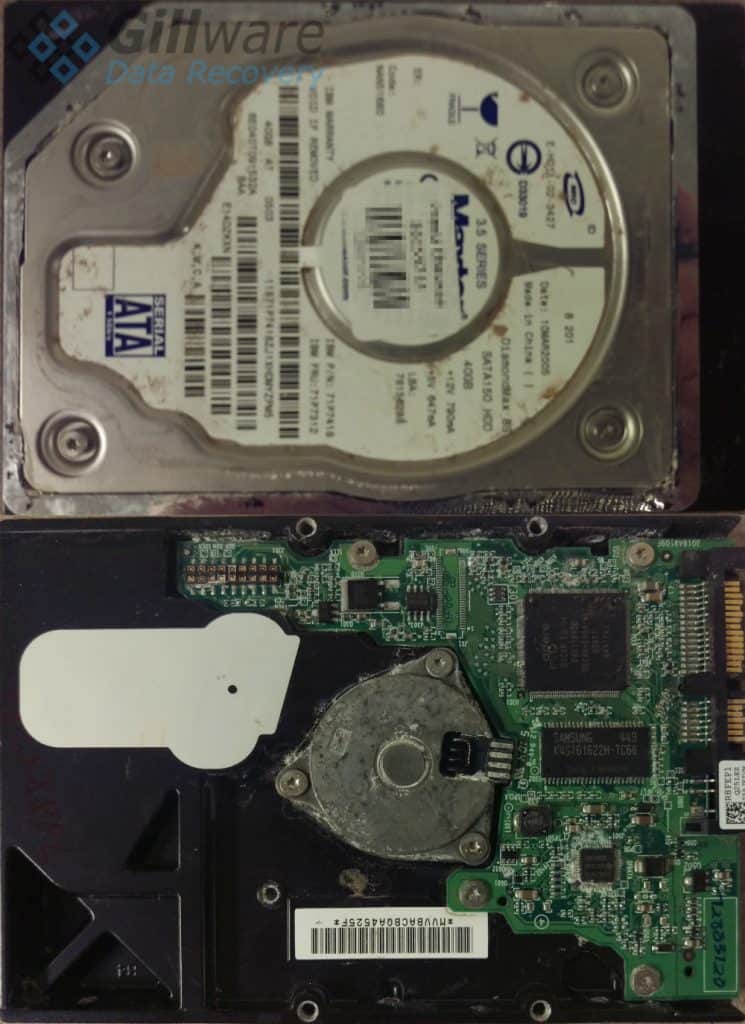

- #DAMAGED HARD DRIVE RECOVERY HOW TO#
- #DAMAGED HARD DRIVE RECOVERY MANUAL#
- #DAMAGED HARD DRIVE RECOVERY SOFTWARE#
- #DAMAGED HARD DRIVE RECOVERY DOWNLOAD#
Step #2: Make Your Hard Drive Readable/Mountable/Accessible If it doesn’t use these fixes for an external hard drive not showing up. In most cases, the hard drive will show up as an external HDD.
#DAMAGED HARD DRIVE RECOVERY MANUAL#
Refer to the motherboard’s manual for the exact location of the SATA port.Īlternatively, you can buy a hard drive enclosure and connect the internal hard drive to your PC using a USB cable. If it’s an internal HDD, you could simply connect it to your motherboard’s SATA port using the SATA cable that comes bundled with it. The first step to recover data from a dead hard drive is to securely connect it to a PC. It allows you to connect the drive as an external hard disk. HDD Enclosure Case (Optional): A convenient way of connecting your internal HDD to another computer is to use a hard drive enclosure case.This will keep your HDD safe and prevent further damage to it.
#DAMAGED HARD DRIVE RECOVERY SOFTWARE#
In this case, we’ll be using Disk Drill, a popular data recovery software that will allow you to create a disk image of your HDD and then scan it. Data Recovery Software: A good data recovery program is non-negotiable if you want to recover your data.

#DAMAGED HARD DRIVE RECOVERY DOWNLOAD#
Writing data to the affected hard drive will only worsen its condition, so download the data recovery program on a different storage device.
An Extra Computer: The data recovery process will be performed on another computer. It is possible to recover data from a corrupted or “dead” hard drive, provided you are careful and closely follow the steps listed below.īefore proceeding, ensure that you have these things: #DAMAGED HARD DRIVE RECOVERY HOW TO#
How to Recover Data From a Dead Hard Drive
Pysical damage should be dealt with by experts. Do not save the recovered data on the affected hard drive. Attempt data reovery as soon as possible. Do not write new data to the affected hard drive. Data recovery is possible, but ensure you act swiftly. 🟡 Corrupted Hard Drives (logical damage): HDDs typically crash due to logical errors, including bad sectors and virus infections. 
Damaged hard drive data recovery is especially difficult. These failures range from head seizures to motor damage.
🟠 Damaged Hard Drive (physical damage): A hard drive is considered damaged when it suffers a physical or mechanical failure. It is undetectable by BIOS, due to serious physical or logical damage. 🔴 Dead Hard Drive (physical damage): A dead HDD will not boot up at all. To perform a complete hard drive data recovery, it’s important to recognize what constitutes each type of failure because the data recovery plan will differ in each scenario.īut first, let’s differentiate between a dead, damaged, and corrupted hard drive. But all these failures can be broadly divided into logical and physical/mechanical damage. There is a lot that can go wrong with a hard drive. Difference Between Logically & Physically Damaged Hard Drives But you can still recover data from a corrupted hard drive if you take action swiftly. Most of these failures can result in data loss. Hard drives have come a long way, yet they are still prone to many failures. How to Recover Data From a 'Dead' Hard Drive. What is the best data recovery software for dead hard drives?. How much does it cost to recover a dead hard drive?. Can data be recovered from a dead hard drive?. How long can a hard drive hold data without power?. What is the lifespan of stored data on a hard drive?. The Difficulty of Data Recovery in Different Storage Devices. How to Recover Data From an Unbootable/Broken/Damaged Hard Disk. Step #4: Scan the Created Backup to Recover Missing Files. Step #3: Create a Byte-to-Byte Backup Using Disk Drill. Connect the HDD Directly to the Motherboard’s USB Port. Step #2: Make Your Hard Drive Readable/Mountable/Accessible. Step #1: Connect Your Hard Drive to a PC. How to Recover Data From a Dead Hard Drive. Some tips to follow proper data recovery etiquette:. Difference Between Logically & Physically Damaged Hard Drives.







 0 kommentar(er)
0 kommentar(er)
